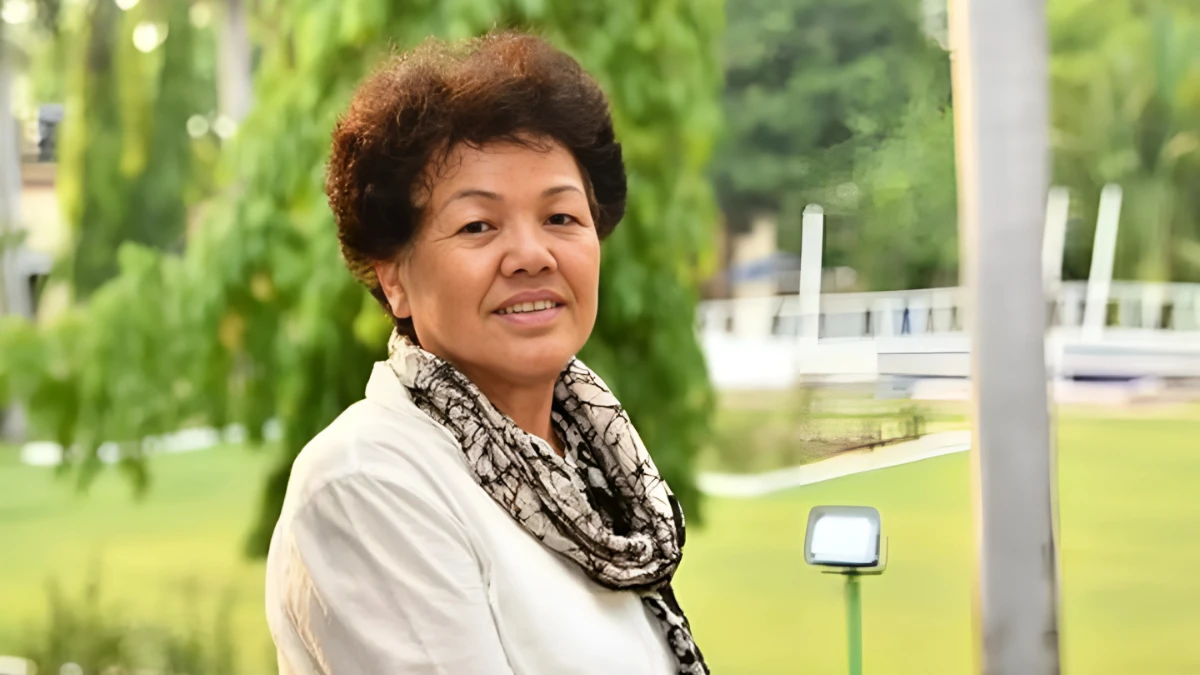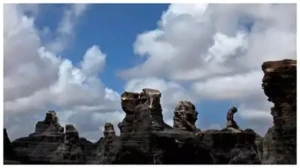Bachendri Pal: The First Indian Woman to Conquer Mount Everest
On May 23, 1984, history was made when Bachendri Pal became the first Indian woman to reach the summit of Mount Everest, the highest peak in the world. Her extraordinary feat marked a significant milestone in the annals of Indian mountaineering and inspired generations of women to push the boundaries of gender norms in adventure sports.
Her story is not just about reaching a peak — it is about resilience, courage, and the unyielding human spirit.
Early Life and Background
Bachendri Pal was born on May 24, 1954, in a modest rural home in the village of Nakuri in the Uttarkashi district of Uttarakhand, then part of Uttar Pradesh, India. She belonged to a Bhotiya family, a tribal community known for their resilience and strong physical endurance, often living in high-altitude regions.
Her father, a border tradesman, often traveled across the Tibetan border, while her mother managed their home and raised their five children. Despite financial hardships, her parents were supportive of her education—a rarity for girls in her village during those times.
From a young age, Pal showed signs of adventurous curiosity. She climbed a 13,123-foot (3,999 m) peak during a school picnic at the age of 12, which left a deep impression on her. Unlike many girls around her, she aspired to do something different—something larger than life.
Education and Mountaineering Training
Bachendri Pal completed her graduation and post-graduation in Sanskrit. But her heart was set on adventure. Against societal norms, she joined the Nehru Institute of Mountaineering (NIM) in Uttarkashi, where she trained extensively in rock climbing, high-altitude trekking, and ice craft.
She stood out not only because she was a woman in a male-dominated field, but also due to her exceptional skills, discipline, and mental strength. Her mentors at NIM quickly recognized her potential, and she was chosen for several expeditions before her life-changing climb.
The Everest Expedition of 1984
In 1984, the Indian Mountaineering Federation (IMF) organized its fourth Indian expedition to Mount Everest. Bachendri Pal was the only woman among the 18-member team led by Brigadier Darshan Kumar Khullar. The expedition, backed by the Indian Army, was seen as a national mission and carried the weight of expectations.
Challenges on the Journey
The climb to Everest is perilous and demands not just physical stamina, but also extraordinary mental fortitude. The team faced numerous challenges:
Avalanches and storms: At one point, a massive avalanche hit their camp, injuring team members and almost leading to the cancellation of the mission.
Oxygen scarcity: The higher the altitude, the thinner the air. At the "Death Zone" (above 8,000 meters), breathing becomes extremely difficult.
Bone-chilling cold: With temperatures dropping to -30°C and below, frostbite was a constant risk.
Despite these dangers, Bachendri Pal persevered.
On May 23, 1984, at the age of 29, Bachendri Pal stood on the 8,848-meter (29,029 ft) summit of Mount Everest, unfurling the Indian tricolor and becoming the first Indian woman to do so. The date was just a day before her 30th birthday.
Her triumph was not only a personal victory but also a landmark moment in India's adventure sports history.
After Everest: A Life of Legacy
Bachendri Pal didn’t stop at Everest. Her post-summit journey was equally impactful.
Tata Steel Adventure Foundation
She joined Tata Steel Adventure Foundation (TSAF) in Jamshedpur, an organization that promotes outdoor leadership and adventure training. As its director, she mentored thousands of youths, especially women, encouraging them to take up outdoor activities.
Major Expeditions and Initiatives
- Indo-Nepalese Women's Everest Expedition (1993) – Led a successful all-women team.
- Trans-Himalayan Expedition (1997) – A 4,500-km trek from Arunachal Pradesh to Siachen Glacier, promoting women’s empowerment.
- River Ganga Rafting Expedition (1994) – Led a group of women on an 1,800-km rafting expedition to clean the Ganga and raise awareness.
Awards and Honors
Bachendri Pal's contributions have been widely recognized:
- Padma Shri (1984) – India’s fourth-highest civilian award.
- Arjuna Award (1986) – For outstanding achievement in sports.
- National Adventure Award – For lifetime achievements in mountaineering.
- Honorary Doctorate from multiple universities for her role in inspiring the youth.
In 2019, she was awarded the Padma Bhushan, India’s third-highest civilian award.
Legacy and Impact
Bachendri Pal's ascent was more than a physical feat—it was a metaphor for breaking barriers. She proved that with determination, discipline, and courage, Indian women could conquer even the most formidable peaks.
She has been a role model for generations, especially young girls in remote villages, showing them that dreams are valid regardless of gender, geography, or socio-economic background.
Bachendri Pal's journey from a small village in Uttarakhand to the roof of the world is one of India's most inspiring tales. She didn't just climb a mountain—she elevated the aspirations of an entire nation. As the first Indian woman to summit Mount Everest, she not only carved her name in history but also left footprints of hope for all who dare to dream big.






